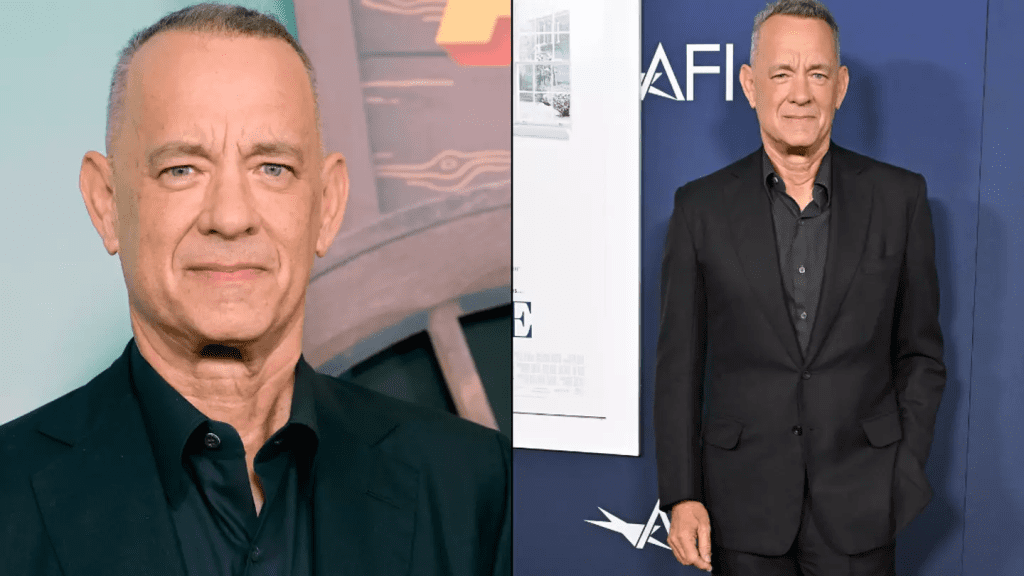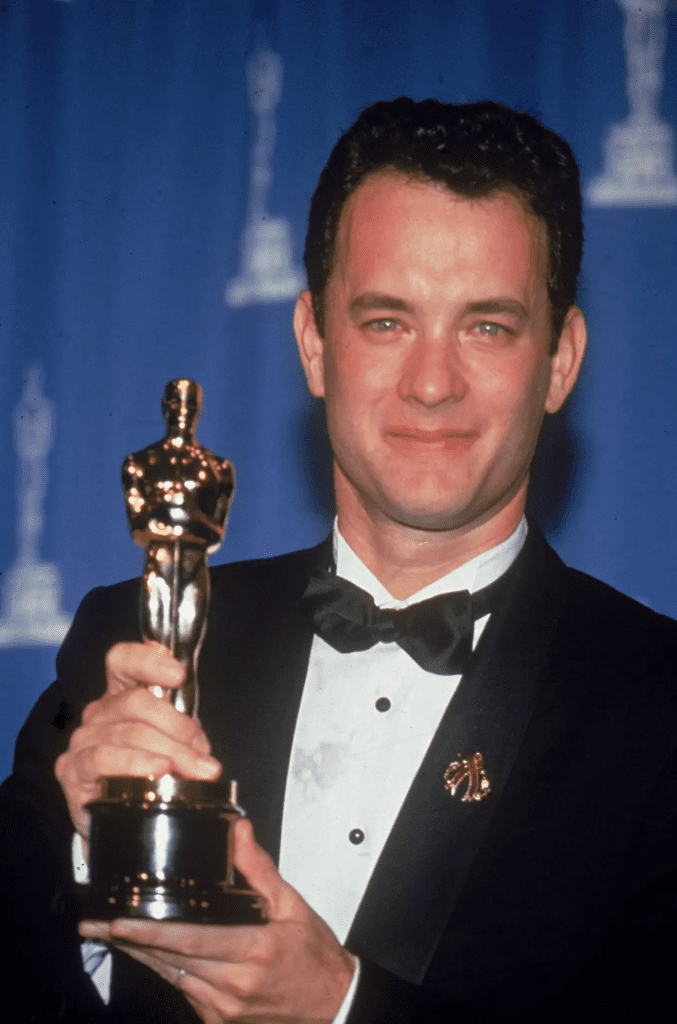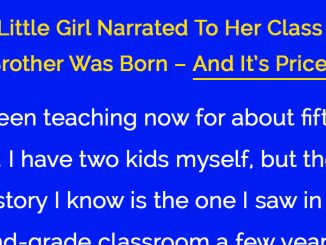In his latest role, the legendary Tom Hanks takes on an acting challenge that spans decades of his character’s life, thanks to a combination of makeup and digital de-aging. Starring in Robert Zemeckis’s upcoming film Here, Hanks tackles a role that demands he portray both a young and older version of his character, Richard Young, alongside Robin Wright as his on-screen partner Margaret. Adapted from Richard McGuire’s 2014 graphic novel, Here tells the story of a single location through a century of change, with Hanks playing a significant part in bringing the evolving story to life.

With this role, Hanks finds himself revisiting his past in a new way, but he admits that going back to his 30s on screen wasn’t entirely nostalgic. Here’s what he had to say about the experience of playing younger and older versions of his character and how this project offers a unique cinematic experience.
The Concept of Here: A Story That Stands the Test of Time
The film Here, directed by Robert Zemeckis, presents a unique narrative. Based on a graphic novel, the story unfolds from the viewpoint of a single spot of land, capturing the lives of the people who occupy it over more than a century. Through different time periods and generations, this fixed location sees the world change around it, but it remains unchanged, observing the passage of time.
Zemeckis himself describes the film as a “risky venture” and notes that it’s a concept rarely attempted in cinema. “The single perspective never changes, but everything around it does,” Zemeckis explained to Vanity Fair. “It’s actually never been done before.” For Hanks, stepping into this role meant navigating an evolving character within a fixed space, challenging him to adapt to different ages while portraying the essence of a person whose life and environment continuously change.
The Aging Process on Screen: Hanks Tackles Multiple Decades
To achieve the varied ages of Richard and Margaret Young, the film uses both traditional makeup effects and digital de-aging technology. The transformation allows Hanks and Wright to realistically portray their characters as both middle-aged and elderly, delivering a performance that spans decades within a single film. Hanks, who won his first Oscar at age 37, explained that going back to that age was more challenging than anticipated.
When asked if he enjoyed playing a particular age in the film, Hanks admitted, “The hardest for us was when we were playing 35.” He went on to elaborate, saying, “That time when your metabolism stops, gravity starts tearing you down, your bones start wearing off.” For Hanks, revisiting his 30s on screen highlighted both the physical and emotional demands of aging, as well as the differences he feels in his own body now that he’s 68.

Reflections on Aging: Why Hanks Prefers His 60s to His 30s
Interestingly, Hanks revealed that he feels better now than he did in his 30s. Reflecting on that time in his life, he shared, “You know why? Because my kids are grown up, I’m getting decent exercise, and I can eat right. You can’t do that when you’re 35. Life is such a burden!” For Hanks, the demands of youth—balancing work, family, and lifestyle—were far more challenging than the stability he enjoys now.
Despite the ability to look young again through technology, Hanks clarified that he doesn’t necessarily want to return to his younger years. While he told People that “it’s good to look young again,” he also emphasized that “it’s not great to be young again.” This nostalgic yet realistic perspective on aging gives insight into Hanks’ personal appreciation for the present stage of his life.

The Technology Behind the Transformation: De-Aging and Makeup Magic
With the advancements in de-aging technology, Hanks and Wright could see their younger selves instantly on screen without waiting for post-production edits. Hanks described the experience as “kooky,” saying, “That was like the gimmicky kind of aspect of it, because you could do that with regular makeup if you want to do that. But because we have this other super fast-filter computer that happened right then and there, we don’t have to wait for the post-production process to view [ourselves as young].”
The digital de-aging technology allowed Hanks to see a reflection of his 30-something self instantly, immersing him in the character. However, he acknowledges that while the process may seem like magic, the real challenge came in capturing the essence of each age, both physically and emotionally.
Navigating Life’s Stages: The Emotional and Physical Challenges of Midlife
Hanks shared that playing a 35-year-old was surprisingly more difficult than portraying older ages. For him, the period when “the aging process just begins to kick in” was more challenging, both physically and emotionally, than the later stages of life. “You no longer are able to spring up off a couch,” he observed. “And you’re not yet to a place where life slows down completely.”
This reflection on midlife resonates with the film’s overarching theme of change and stability. Here explores not only the passage of time but also the emotional complexity that accompanies each phase of life. Hanks’ portrayal of both the younger and older Richard offers a nuanced look at how people adapt to the inevitable shifts in health, energy, and perspective that come with age.
Why Tom Hanks Embraces Aging with Humor and Grace
As he navigates this latest role, Hanks exudes a refreshing perspective on aging, embracing his 60s with humor and gratitude. While some might long to return to their youth, Hanks finds contentment in his current stage, enjoying the balance he has found between work, health, and family. “I’m in better shape now than when I was in my 30s,” he proudly shared, showing that age can bring a new sense of strength and vitality.
For Hanks, the satisfaction of reaching a point where he can prioritize exercise, healthy eating, and personal well-being outweighs the demands and stresses of youth. This attitude has endeared him to fans even more, as he serves as a reminder that age is just a number and that fulfillment can be found at any stage of life.
Conclusion: Tom Hanks’ Timeless Appeal in Here
Tom Hanks’ role in Here offers audiences a layered, insightful portrayal of a character across multiple decades, using a combination of advanced technology and deeply human emotions. Through this journey, Hanks brings both humor and authenticity to the role, making viewers reflect on the joys and challenges of growing older. With his grounded perspective on aging and his unique ability to connect with audiences of all ages, Hanks continues to captivate in ways that few actors can.
In Here, Hanks doesn’t just revisit his past; he explores the universal experience of change, reminding us that each phase of life has its own value. Whether he’s portraying a young man filled with ambition or a wiser soul appreciating life’s slower pace, Hanks brings a timeless appeal that resonates deeply, proving that age is truly a state of mind.


